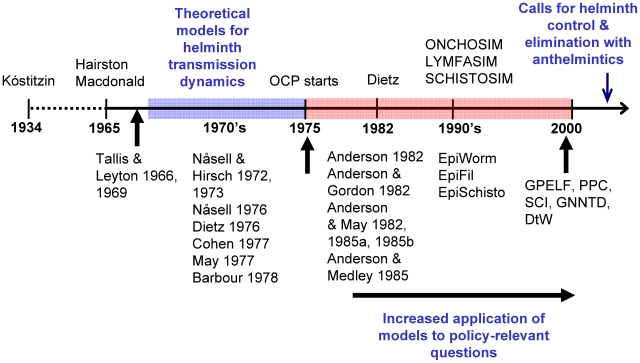Figure 1. A historical timeline of mathematical models for helminthiases.
Some of the pivotal papers that provided the foundation to the mathematical frameworks that are used for modelling helminth infections are highlighted (for a detailed explanation see main text; for a summary of current models see Table S1). Most of the work published until the 1980s (with the exception of papers by Hairston) largely consisted of theoretical frameworks that were motivated, but not fitted to epidemiological data. From that point onwards there has been an increased interest in parameterising models with data on the natural history of the infections, moving away from purely theoretical explorations. The deterministic and microsimulation models of the 1990s were strongly linked to the notion of providing decision support to control programmes (e.g., ONCHOSIM and the OCP in West Africa). Since the year 2000 there has been a steep increase in large-scale initiatives mostly reliant on anthelmintic drugs for the control and elimination of these parasitic infections, but this has not yet been accompanied by a comparable impetus towards using robust modelling to inform and guide such initiatives, though the GPELF has used LYMFASIM and EpiFil, and the SCI has used modified versions of EpiSchisto.

